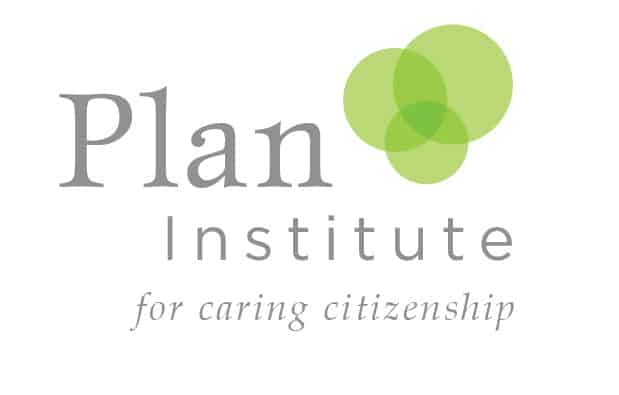For RDSP awareness month, we asked someone with an RDSP to share their experience. This is what they had to say.
At 34 years old my life completely changed
I was a university graduate who was working as a full-time professional when I developed a disability that caused me to rethink my entire life and career plan. When my medical conditions first came up, I fell into a deep depression. I knew that my life wouldn’t be the same moving forwards and I had to grieve the life I thought I was going to have. It took a long time before I was eventually able to heal and be able to process what I had gone through.
Early on when I developed my disability, I learned about the possible disability benefits available to me, including the Disability Tax Credit (DTC). The DTC is a tax credit available through the Canada Revenue Agency (CRA) that I qualified for as somebody with a significant and long-term disability. After I was approved for the DTC, I learned that having this credit opened more doors for me. Other than the tax benefits that were now available to me I was told that I could also open a Registered Disability Savings Plan (RDSP).
Lack of awareness is one of the biggest barriers to the RDSP
I had never heard of the RDSP up until this point. I had already been working with a financial professional, Monisha*, a friend since elementary school. When I told Monisha about the RDSP, it was also news to her too! The RDSP was created in December of 2008 but I only learned about it when I developed my disability in 2015.
I am setting myself up for a financially healthy future
Monisha knows I have high standards for financial planning so she worked with me to learn more about the RDSP and how I could make the best use of the plan. I knew I would be taking a serious pay cut after my ability to work was reduced because of my disability, and I was scared for the future. Having an RDSP has been mostly positive for me; I know that even with reduced income, no alternative pension plan, and a possibility that my health will get worse over time, I am setting myself up for a financially healthy future.
Here are some things I learned about the RDSP:
- you can receive up to $90,000 in free government money up until the end of the year you turn 49,
- you can contribute up to $200,000 in personal contributions up until the end of the year you turn 59,
- that money, plus any investment income, could lead to more than $300,000,
- The RDSP is considered exempt income for all federal and most provincial benefits. Meaning it won’t affect eligibility for other disability benefits (In B.C. the RDSP is 100% exempt for all programs).
I often feel very uncertain about the future. But knowing that my savings will be protected if I need to rely on disability support programs in the future, has given me incredible peace of mind.
I would encourage anybody who has a disability to learn more about the RDSP
For me, learning about the RDSP was easy. All of the information is available online and I had Monisha to work with me on my financial goals. I know that for many folks, it’s a lot more difficult to get started and go through the process. I would encourage anybody who has a disability or knows somebody who does to learn more about the RDSP. People are a wealth of knowledge and I wouldn’t be where I am today without the support of others. It’s so important to think about your future and it’s okay to take it one step at a time. You can do this.
If you would like to know more about the RDSP and how you or somebody you know may benefit from this program, please contact our free Disability Planning Helpline service at 1-844-311-7526 or info@rdsp.com. Rosie would like to help and encourage others with their RDSP journey. If you would like to contact Rosie directly, please contact Liss Cairns, our Project Coordinator, at lcairns@planinstitute.ca so that they can make the connection.
*Names have been changed to protect privacy
**Please note that all views and opinions expressed by contributors should be recognized as theirs alone, and do not necessarily reflect the official policies or position of Plan Institute**

